Google will release a new major update to the design language when it holds its Google I/O conference for developers on May 20-21 through the release of “Material Design 3 Expressive.” This new evolution of the Google approach to design will offer more emotional engagement, more dramatic visuals, and more pronounced blur effects that look uncannily similar to some of the elements in Xiaomi’s HyperOS interface. With Xiaomi having long straddled the line between adhering to Android design standards and adding its own distinct visual flair to the package, this new shift comes as a fascinating topic of conversation as to how upcoming HyperOS updates will need to incorporate these new notions of design without losing the signature Xiaomi user experience that users have learned to enjoy.
What is Material Design 3 Expressive?
Google’s new visual language will concentrate on developing a “delightful user experience” through an emotional connection. The release highlights bold forms, saturated colors, and richer visual effects that make the user interface more appealing and recognizable.
Material Design 3 Expressive seems to be a refinement rather than a wholesale redesign of the original Material You that debuted in 2021. The main enhancements encompass:
- Emotional engagement of users through visual elements
- Bold visual elements that highlight key interface elements
- Enhanced accessibility for elderly users
- Reduced usage gaps across various age segments
- More expressive possibilities without sacrificing functional specificity
Google’s study reportedly discovered that users overwhelmingly favor more expressive designs that are best suited to emphasizing key elements and facilitating better operational efficiency.
Potential Implications for Xiaomi’s HyperOS
hyperOS which replaced MIUI as the operating system of Xiaomi in the later part of 2023 already has several features that support this trend including:
Widespread application of the use of blur effects in notification centers and control panels Dynamic color schemes that adjust to desktop wallpapers Smooth transitions and fluid animations among interface elements Unique visual ordering that highlights key information
Since HyperOS is an Android-based system, Xiaomi will have the first mover advantage in benefiting from these new design standards. This means both opportunity as well as challenge for Xiaomi’s design department.
The parallels to current HyperOS blur effects and what Google seems to be adopting indicate that Xiaomi was possibly ahead of the curve in part when it comes to contemporary interface style. Nevertheless, adapting HyperOS’s unique identity to the new Android standards will not be a simple matter.
What to Expect for Xiaomi Users
In the event that Xiaomi incorporates aspects of Material Design 3 Expressive into future HyperOS versions, users may witness:
- Greater visual priority with larger interactive elements
- Enhanced accessibility features for older users 3. More personalized and emotional interface elements
- More polished blur effects that expand on HyperOS’s current implementation
- Greater integration into Google’s ecosystem without losing Xiaomi’s distinct identity
For those users of Xiaomi that prefer to live on the bleeding edge of software looks, the MemeOS Enhancer app in the Play Store will aid in system updating and deliver access to the new features of Xiaomi when these design updates roll out. Google will formally launch Material Design 3 Expressive at the I/O conference in a session called “Build next-level UX with Material 3 Expressive,” wherein developers will discover how to use these new emotional patterns of design to enhance product appeal, usability, and user engagement.

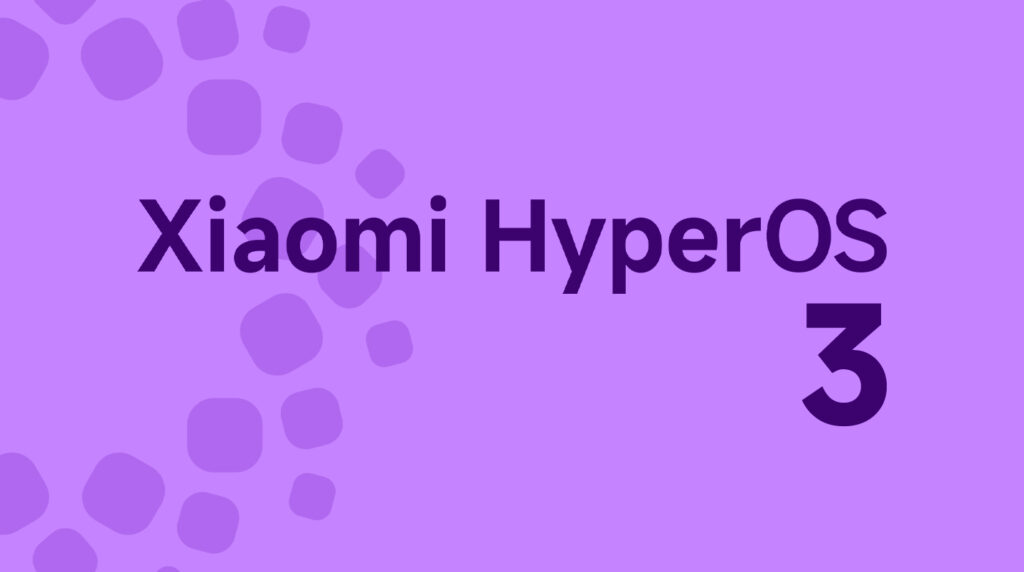
 Emir Bardakçı
Emir Bardakçı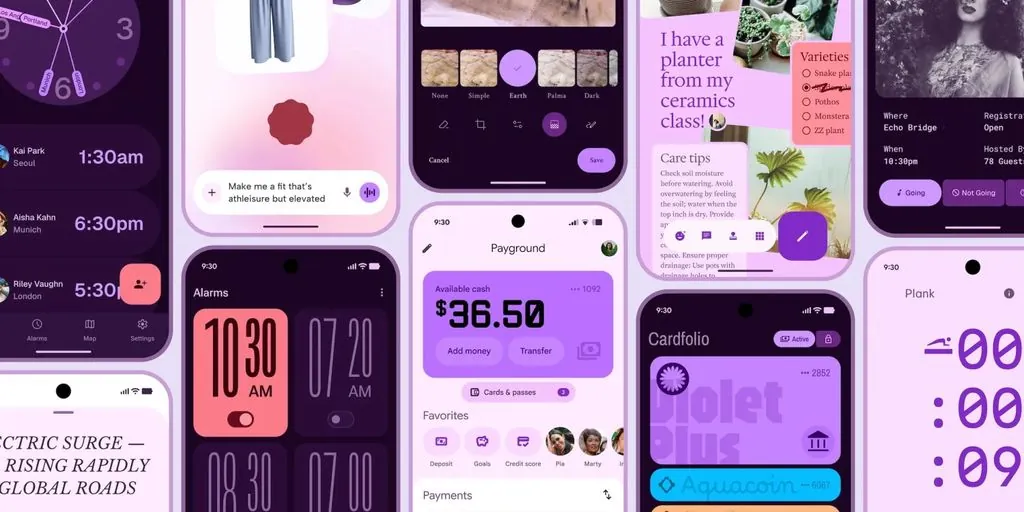
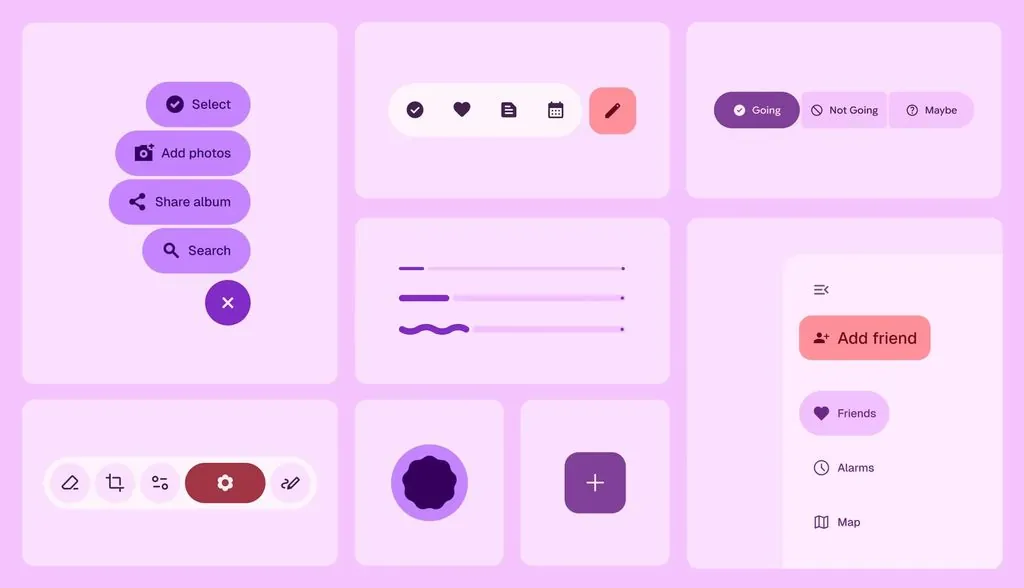
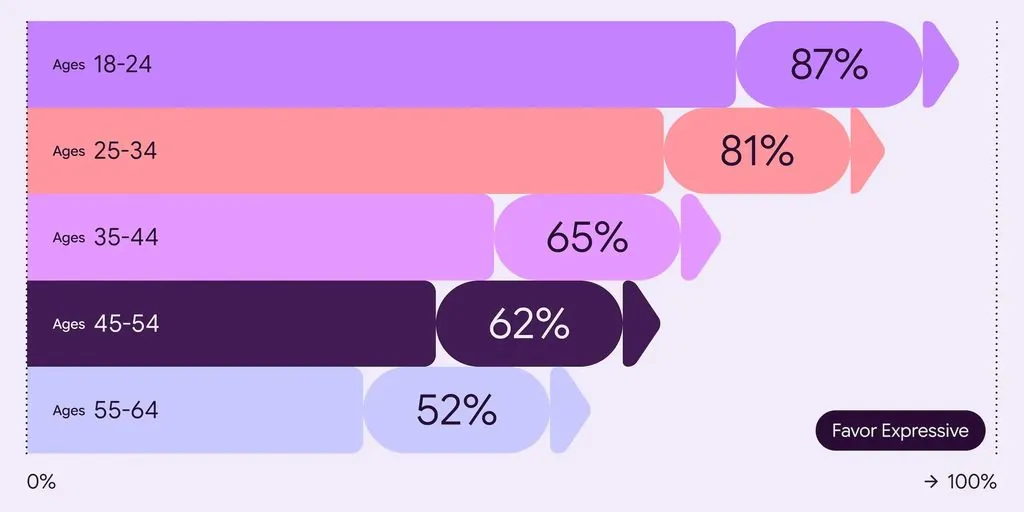
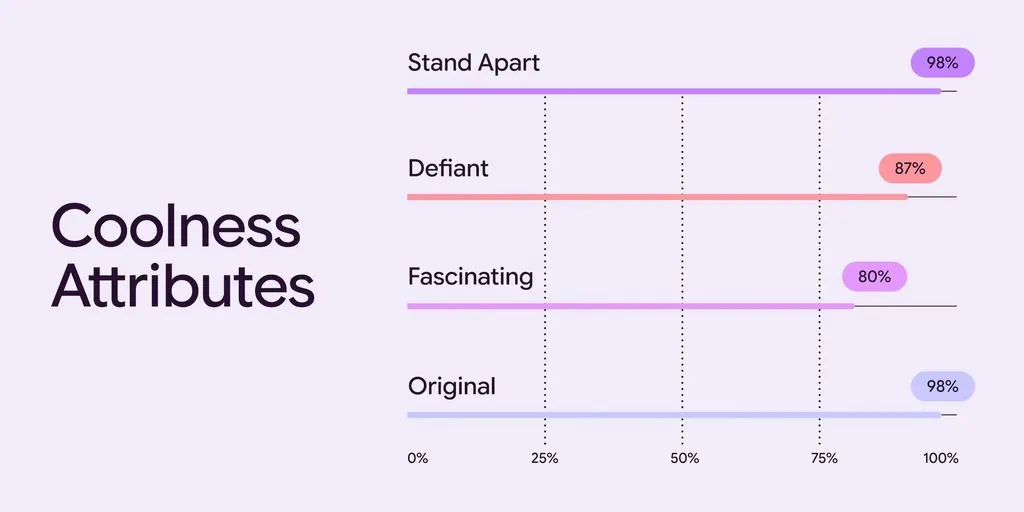
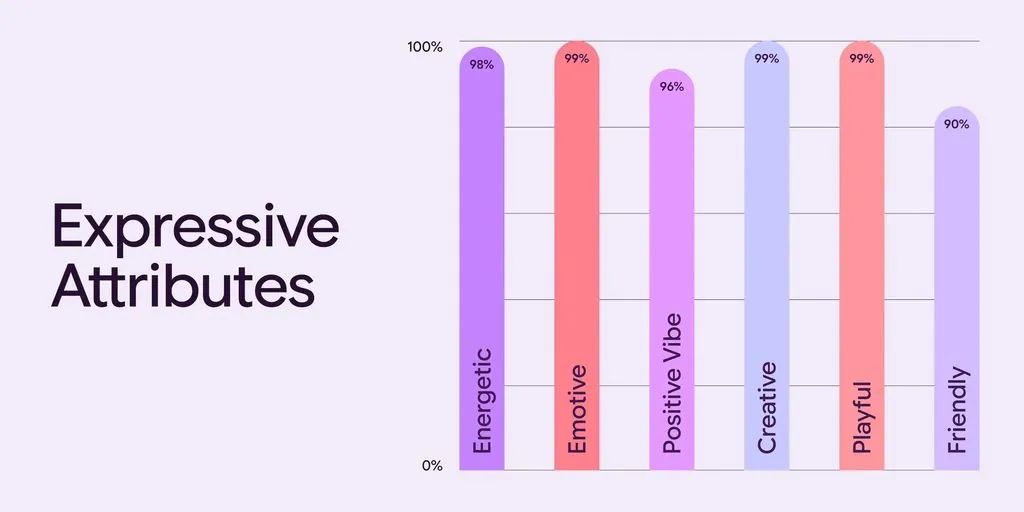
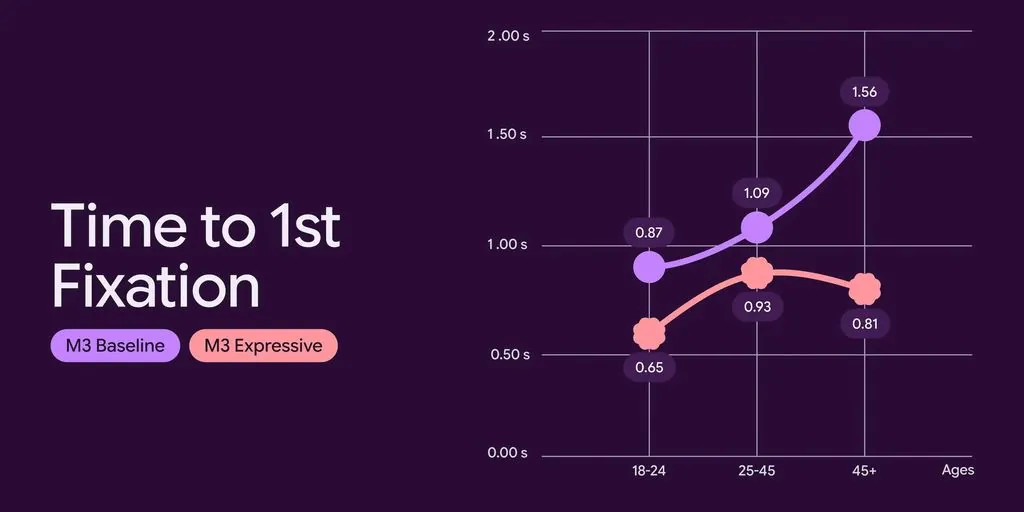
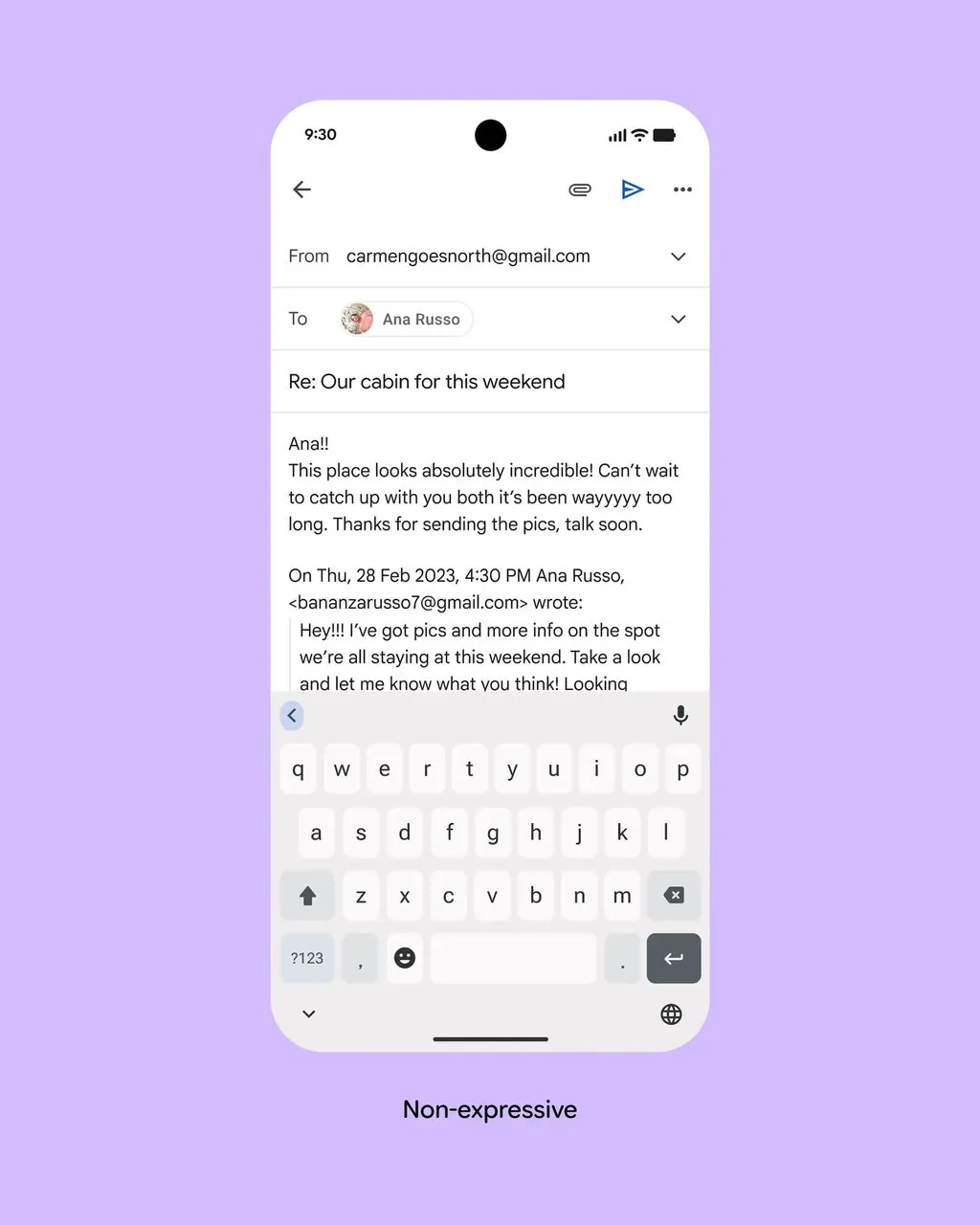
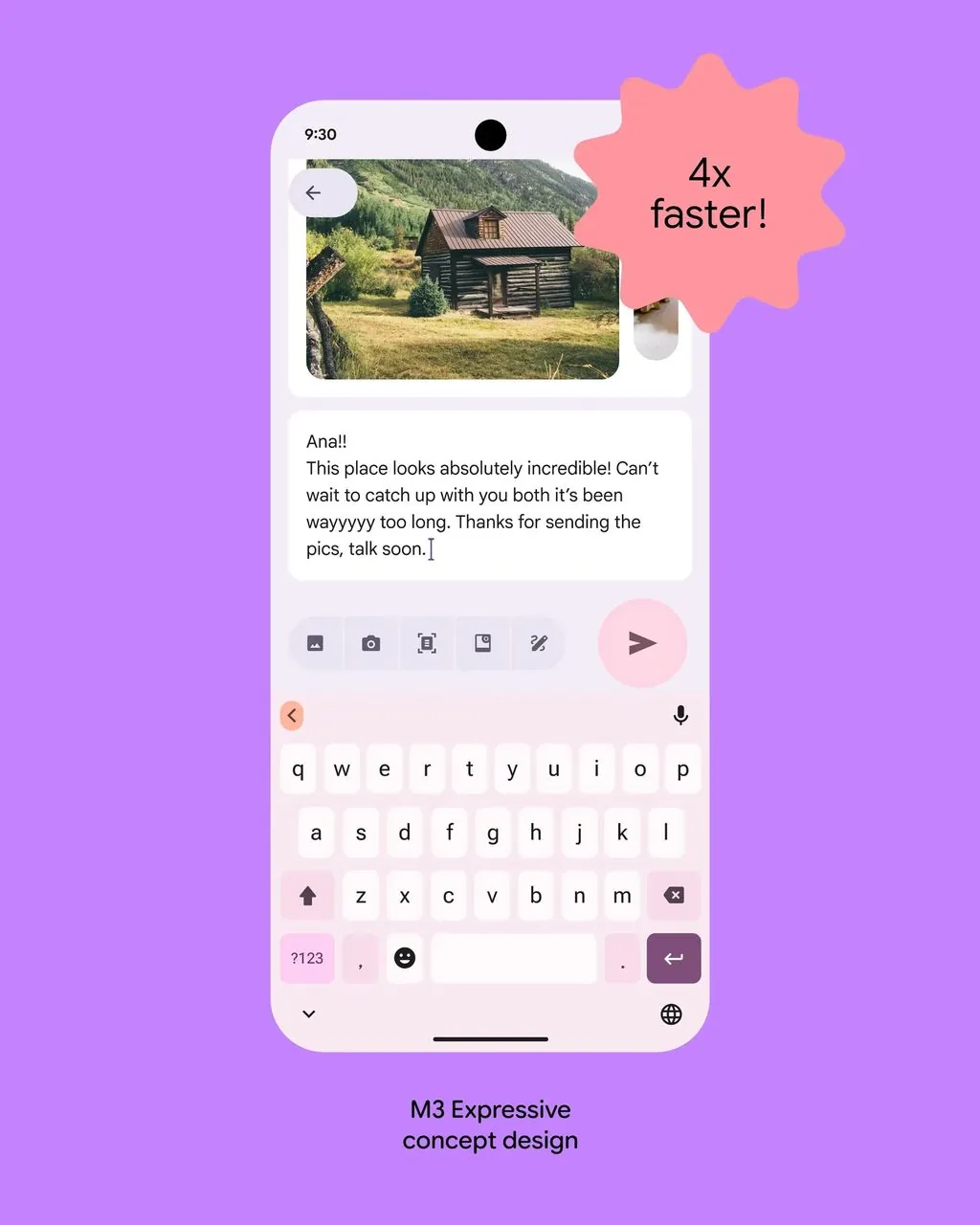
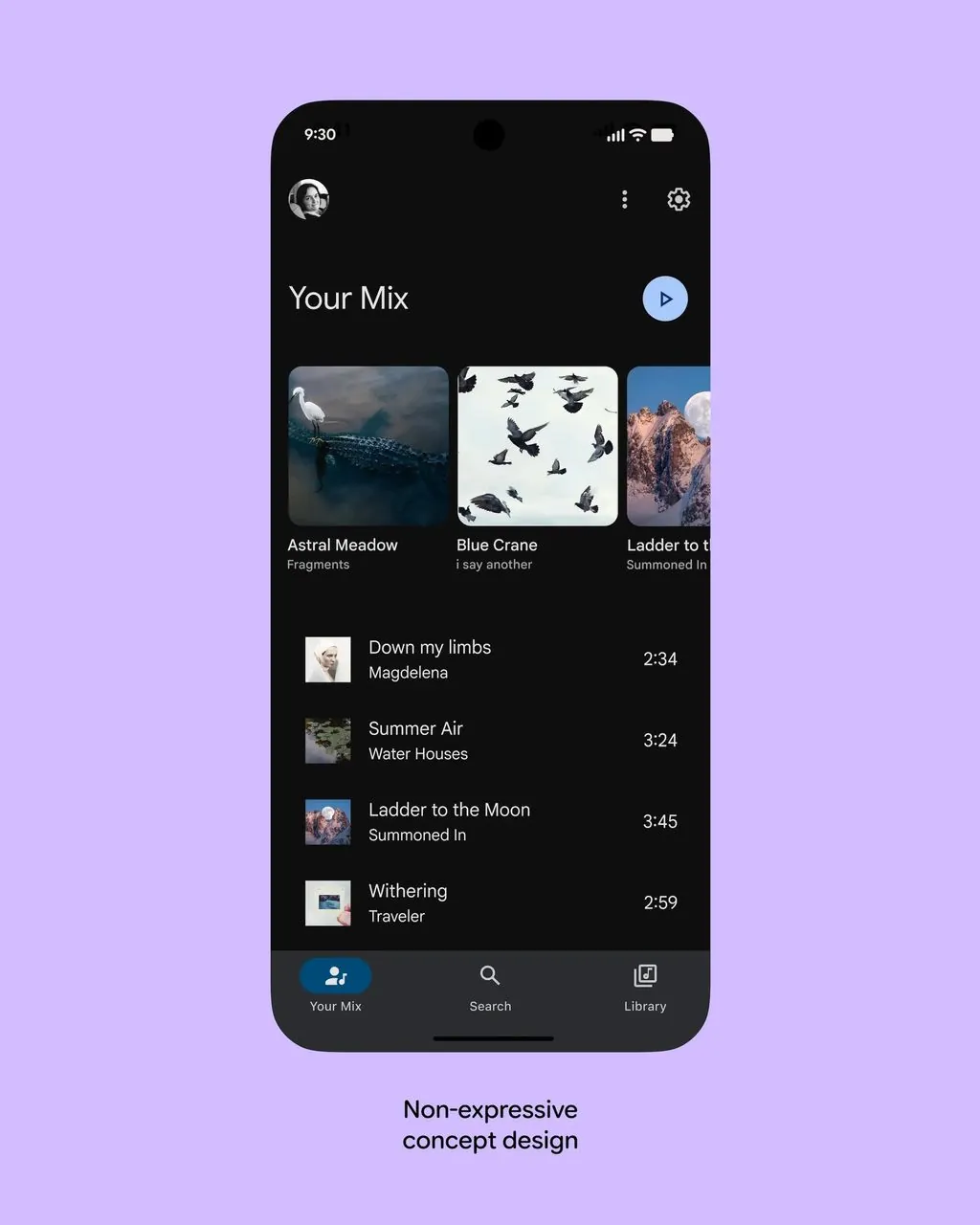

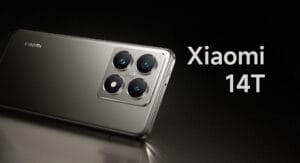

unless iOS will implement Material 3 Expressive, Xiaomi will never. everything is iOS-copy. the reason I moved to Pixel